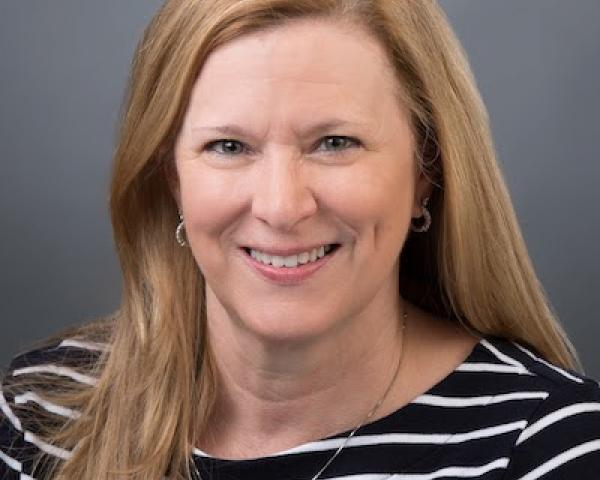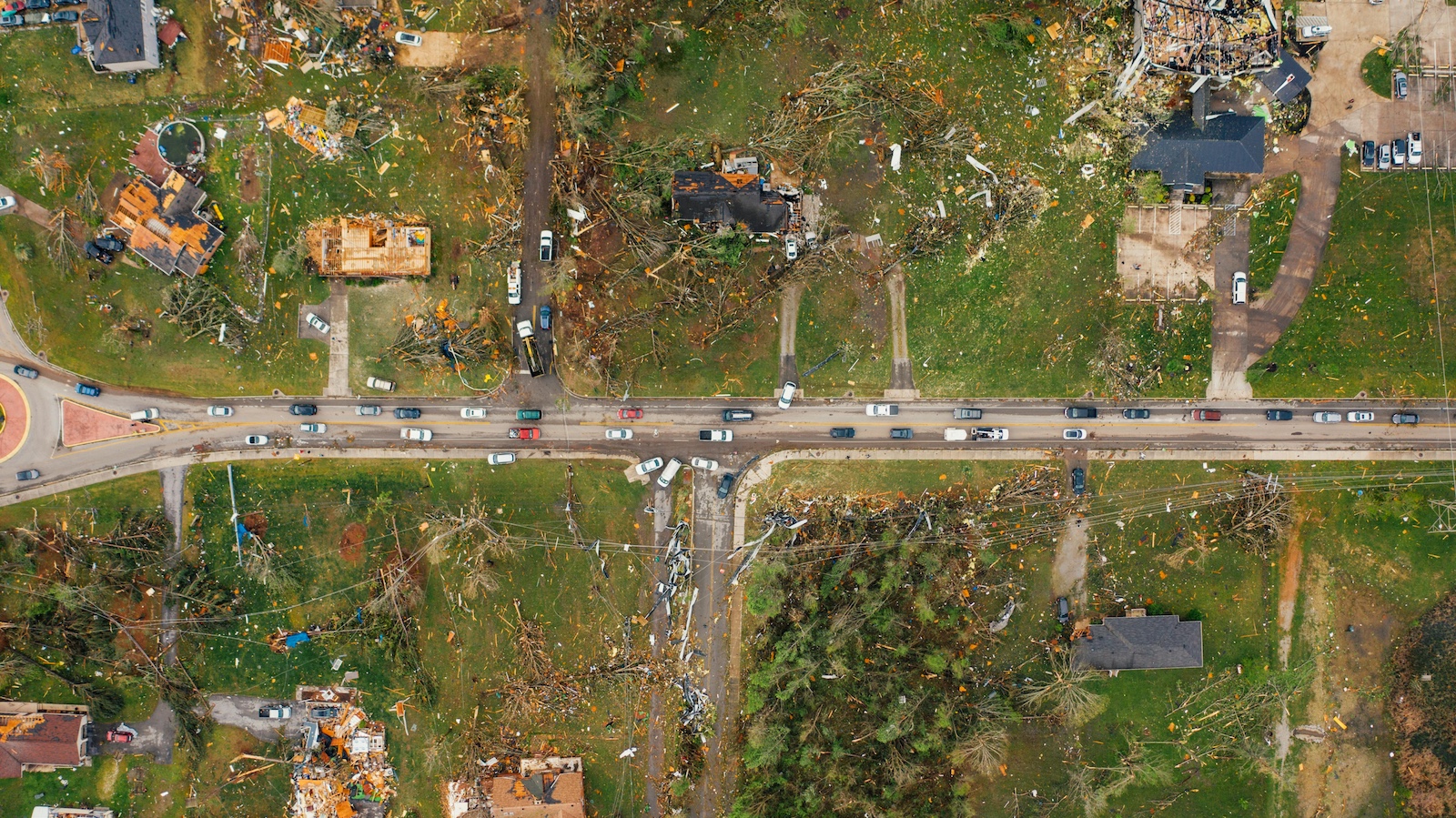We’re entering a flood season where one-third of Americans are expected to experience flood events, after which we’re forecast to see above-average hurricane activity. With people already experiencing financial shocks from COVID-19, it is all the more important that we take steps now to prepare for flooding.
We need three things: rapid innovation from the Federal Emergency Management Agency (FEMA), long-term authorization of the National Flood Insurance Program (NFIP) and the removal of regulatory barriers around private flood insurance.
1: Rapid FEMA Innovation
FEMA’s response to COVID-19 was swift and decisive: It extended its flood insurance premium payment grace period to 120 days (from 30). This offers homeowners breathing room and will go a long way toward ensuring homeowners maintain the protection they need while juggling other financial commitments.
The agency has also provided guidance for remote claims adjusting, which makes it possible for policyholders to have a flood loss adjusted without an adjuster physically visiting the property. This guidance lets everyone comply with social distancing directives.
These actions illustrate the agility and innovation FEMA is capable of. To ready homeowners for 2020’s flood season, we need more of this, in areas that go beyond direct responses to COVID-19.
While there are some actions FEMA can take today, the most important changes would require action from Congress.
2: Long-Term NFIP Authorization
NFIP authorization is set to expire on Sept. 30, in the midst of the 2020 hurricane season. This is incredibly dangerous.
We’ve been lurching from short-term authorization to short-term authorization since 2017. The lack of long-term authorization creates uncertainty that could cause further financial damage to a population already reeling from record unemployment. This would happen via two mechanisms.
First, an NFIP with lapsed authorization cannot write new policies or issue renewals. This has the first-order effect of leaving millions of Americans without flood protection. Just as crucially, the lapse could also cause real estate transactions in some areas to halt, as mortgage lenders will not issue loans in these areas without proof of coverage.
For an industry already strained by COVID-19, a lapse would be disastrous.
Second, without long-term authorization, the NFIP’s ability to borrow from the Treasury is severely reduced, which could jeopardize its ability to pay claims. After a flood, homeowners with insurance might be delayed in collecting benefits they depend on to rebuild their homes. It’s hard to overstate how devastating this could be, particularly in light of current economic conditions.
See also: Need for Context in Assessing Flood Risk
3: More Common Sense Around Private Flood Insurance
Today, homeowners with private flood insurance who decide, for one reason or another, that they want to switch to an NFIP policy aren’t considered to have had continuous coverage, which can make them ineligible for subsidized NFIP rates.
In today’s flood insurance landscape, where private products are increasingly available and robust, this policy no longer makes sense. But FEMA seems unable to update it without authorization from Congress.
It is incumbent upon Congress, therefore, to update eligibility guidelines so that Americans who have maintained continuous insurance coverage are eligible for subsidized NFIP rates. Without those subsidies, cash-strapped homeowners might opt to forgo flood insurance altogether, meaning that, in the event of a storm, they become wholly dependent on emergency FEMA resources rather than benefits from a policy specifically designed to help them recover and rebuild.
To Prepare for 2020’s Flood Season, We Need Support From Lawmakers
Much flood preparation happens at the individual homeowner level.
But we can’t expect collective, nationwide resilience to flood events without innovation from FEMA, and we can’t achieve that without decisive action from Congress. We need long-term NFIP authorization to ensure that homeowners have coverage when waters rise and regulations that acknowledge the validity of private flood insurance to ensure NFIP subsidy access to homeowners returning to NFIP policies.
Without both, we risk augmenting financial distress for both individual homeowners and the larger economy, neither of which we can afford right now.






